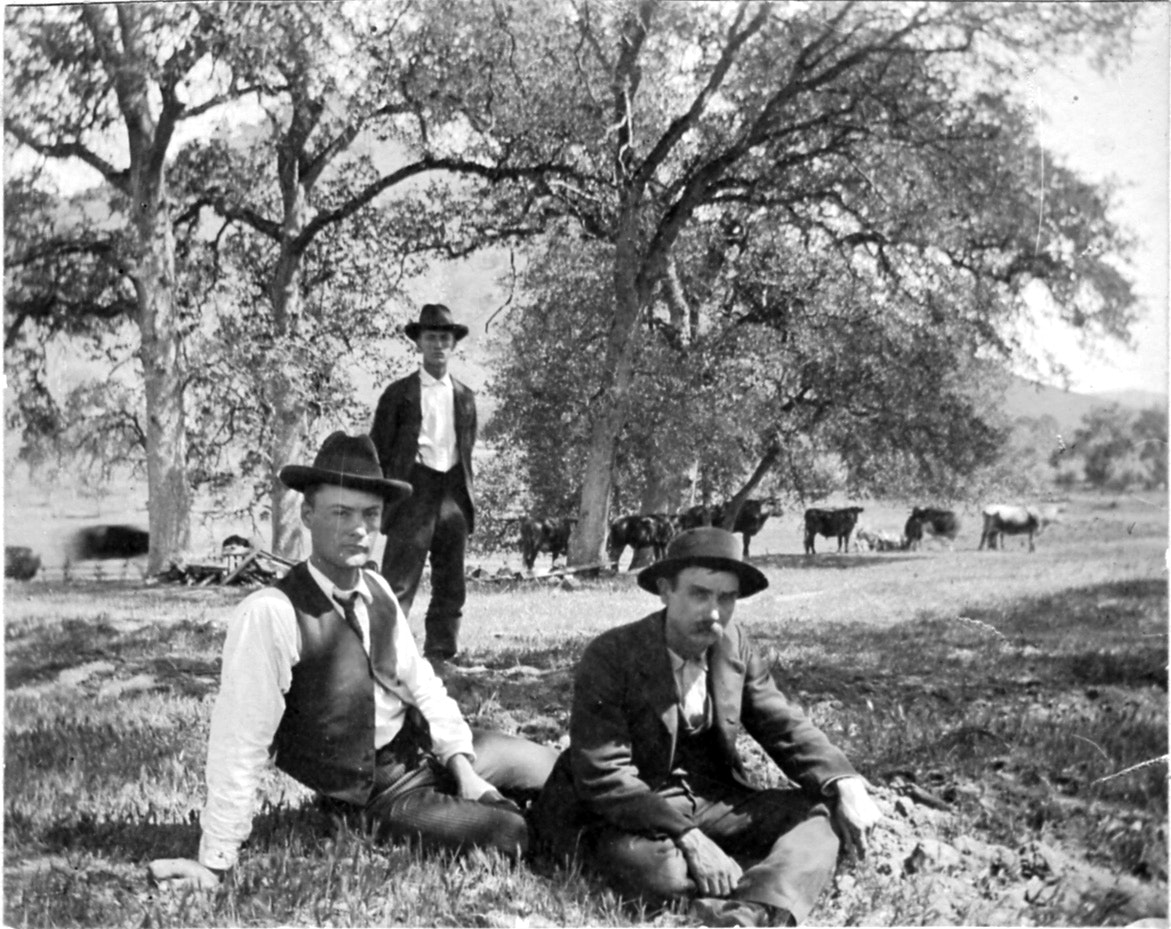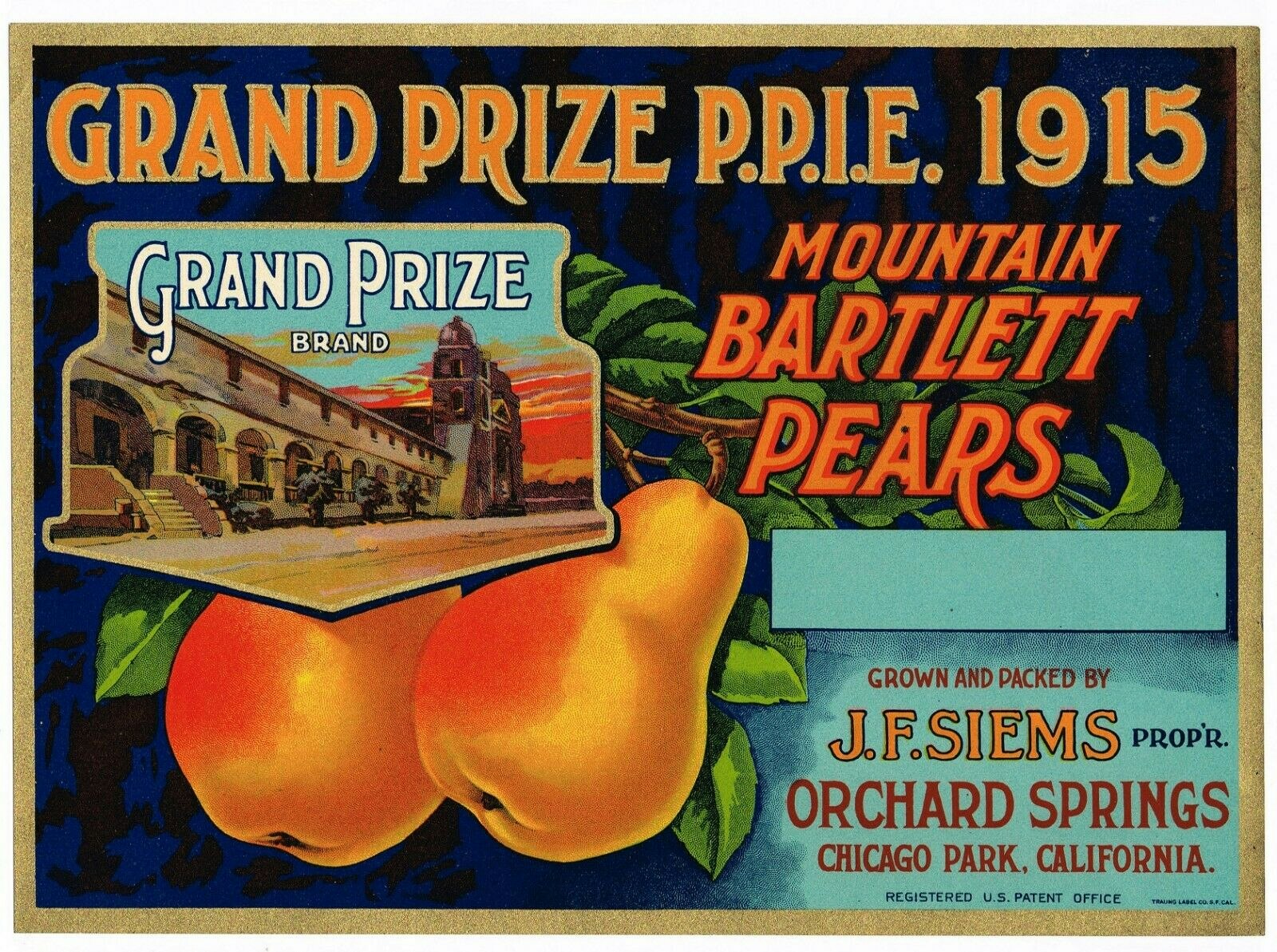The Legacy of Local Water
NID celebrates its 103rd anniversary Aug. 5, 2024

There was a moment in time, precisely in 1917, when the notion of a local irrigation district formed. Cattle ranchers Munson Bernard “Bert” Church and his wife Kate had ac-cess to grazing land in the mountains near the present site of Jackson Meadows Reservoir. During the early summers, when their pastures near Penn Valley turned brown, the couple would drive their cattle to the green pastures of the Sierra.
This was common practice among foothill ranchers. Ranching in Nevada County was thriving at the dawn of the 20th Century. However, the region still had not se-cured a reliable, long-term irrigation water source. So, besides their local properties, many ranchers leased land in the mountains. They would winter livestock at the lower elevations and then drive the herds up into the mountains for cooler summer grazing.
In 1917 “… Kate Church, astride her horse high on a mountain top, looked upon rushing, tumbling Sierran streams far below. It was not a new sight. For many years she and Bert Church, her husband, had driven their cattle to lush mountain meadows from parched unwatered pastures miles away. This day, she saw the wasted waters as if for the first time. Her mind envisioned a great irrigation system transporting life-giving water to dry, but fertile acres, bring-ing growth and prosperity. A dream was born. Far into the early summer night this pioneer woman and her husband made plans. As the last red embers of the campfire died away, Kate Church knew of a certainty that she must do and more important, how she could accomplish her purpose.” This was the account presented in 1956 as part of Founders Day Picnic and 35th Anniversary, sponsored by the Nevada Irrigation District (NID).
The Churches, with other ranchers and farmers, began working with the Nevada County Farm Adviser, the Grass Val-ley Chamber of Commerce, the Nevada County Bank. They formed an organized movement to secure reliable water to their properties.
On Aug. 5, 1921, the dream became a reality when Nevada County voters overwhelmingly approved the foundation of an irrigation district, named, appropriately, the Nevada Irrigation District.

History creates the backbone of the district water delivery system
Agriculture in the Sierra foothills began during the Gold Rush and expanded afterward as the land was settled and communi-ties were established. Initially, the influx of miners created a need for food. As an added benefit to farmers, the miners were willing to pay premium prices, making it enticing to raise crops, ranging from fruits and vegetables to wine grapes.
The quality also continued to grow. For example, at the Pana-ma Pacific International Exposition (the World’s Fair) in San Francisco in 1915, Nevada County won the Grand Prize for Bartlett pears, beating out competition from many states and every pear-producing county in California.
Cattle, dairy cow and sheep ranches also thrived during this time. By 1880, Nevada County boasted of 206 registered ranches with 93,000 acres cultivated in western Nevada County.
NID acquires Gold Rush infrastructure as it takes shape
NID’s first board meeting occurred at Grass Valley’s Bret Harte Hotel on the day the district was formed on Aug. 5, 1921. It would take six more years before water would flow to farms and ranches while the new district found its foot-ing. Thanks to a $7.25 million bond approved by county voters, the focus was on acquiring water rights and purchas-ing existing reservoirs, flumes and canals built during the Gold Rush to transport water supplies to the mines. This infrastructure would become the district’s original water storage and delivery system. Even today, these facilities are the backbone of the NID water collection and distribution system.
By 1927, irrigation water was flowing. The cost to customers at the time was about 10 cents a day.
Securing a Water Supply from the High Sierra
San Francisco-based civil engineer Fred Tibbetts was named NID’s first District Engineer. Within a year of NID’s formation, on February 10, 1922, he submitted his final engineering report, which identi-fied mountain water sources and the infrastructure needed to carry the water to the farms and ranches of Nevada County.
The report also described the elevations, topography, geography, and irrigable and non-irrigable lands of the District. “Because of the favorable climate conditions this district should ultimately develop into one of the best fruit districts in the state,” he predicted.
Tibbetts outlined the framework of an irrigation district that would collect water from a 71-square-mile moun-tain watershed, ranging in elevation from 5,400 feet to 8,500 feet, and include sources for Bowman Res-ervoir, Jackson Meadows, the Bear River, Deer Creek and South Wolf Creek. The mountain water system first described in the report is remarkably similar to the system that supplies NID water users today.
From the start, the new district focused on securing its water supply in the Sierra Nevada. The series of many lakes in what’s known as the Bowman corridor today was especially important. Among these were Bowman, Sawmill, French and Faucherie lakes.
The series of purchases of high-country reservoirs and delivery conduits, as well as securing vital water rights, gave NID control of some of the most valuable water storage infrastructure of the time and assured the district of a reliable source of water.
In order to transport the water from these newly ac-quired assets to NID’s service area, major infrastruc-ture needed to be constructed, including the Milton Diversion Dam, Milton-Bowman Tunnel and the Bowman-Spaulding Canal. 1926 was a busy year: Bowman Dam was raised. Also, construction began on the Bowman-Spaulding Canal and the Tarr Ditch.
In the foothills, NID began to excavate and expand canals that were, and still are, the key to delivering water to customers.
Community vision and lots of infrastructure
NID is a prime example of how vision and resolve by a community – local farmers, ranchers and average citizens – to secure a dependable water source manifested in the creation of California’s second largest (by geographical area) irrigation district.
What began as an old reservoir and canal system serving gold mines has been transformed into a modern public water system. What is amazing is that the backbone of the system is still intact. And portions of the original infrastructure can still be found.
When you drive around, pay attention and observe the water features, such as canals and conveyance infrastructure, that have endured the test of time. Happy 103rd anniversary NID, and thanks to our forebearers that made it possible.
NID published a history book Delivering Water for Life to celebrate the district’s formation in 1921 and the steps it took to ensure water would be available to foothill communities. Download the history book by chapter or in its entirety. It’s free to the public. Click here.
Music Video showcasing NID: We Deliver

